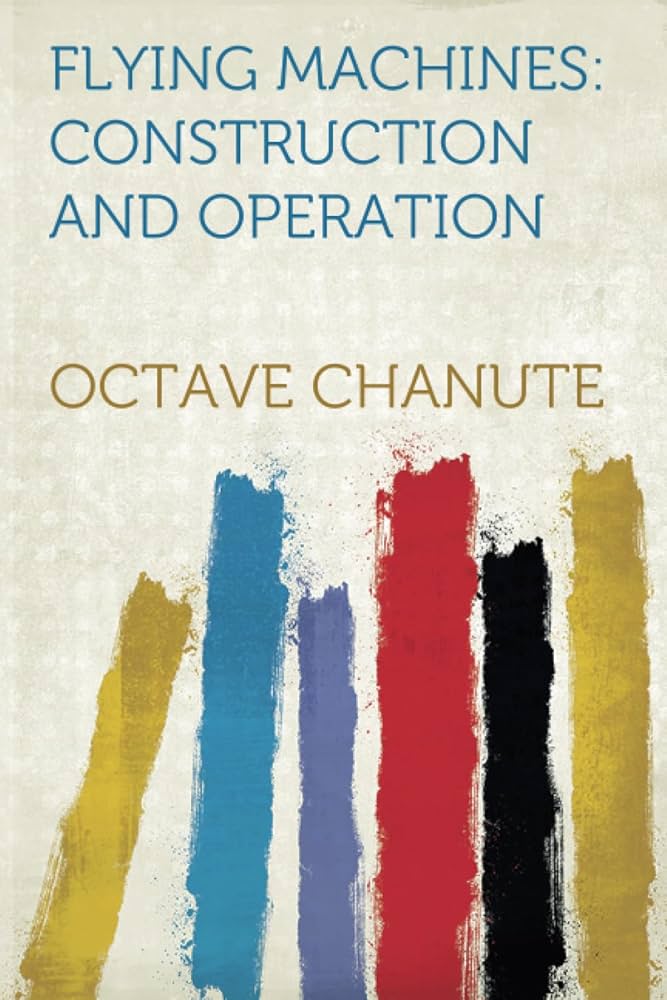Chapter III — Flying Machines Construction And Operation
byChapter III — Flying Machines Construction And Operation explores the basic aerodynamic principles that allow both birds and aircraft to achieve and sustain flight. Through simple, observable experiments, it reveals how motion and air interaction contribute to lift. These foundational insights form the basis of understanding why flying machines behave as they do once airborne.
A common demonstration uses a flat circular piece of cardboard. When dropped, gravity pulls it down immediately. But when it’s thrown edgewise into the wind, it glides forward, supported momentarily by air resistance. This reveals how forward momentum alters descent, allowing objects to “ride” on the air. The sustained force in flying machines comes not from a human throw but from a motor. Unlike the short burst of energy from an arm, an engine provides continuous thrust. This consistent propulsion is what separates a gliding fall from true flight.
Another illustrative experiment involves a flat cardboard piece with a curved paper edge. Blowing across the convex side causes the paper to lift, demonstrating the lifting effect of curved airflow. When the paper is flipped with the concave side up, the same action pushes it down, highlighting how shape dictates air behavior. This result surprises many but is consistent with aerodynamic laws. The curvature causes pressure differences above and below the surface. Lower pressure above and higher pressure below generate lift. This same principle is built into aircraft wings, or airfoils, designed to produce the necessary lift during motion.
Early experimenters tried flat wings, but those proved ineffective. Flight requires not just resistance against falling but active support from the air. Curved surfaces turned out to be much more efficient. Planes designed with a concave underside help trap air, enhancing lift. Different builders experimented with how much to curve the wing—some using a one-inch rise per foot, others going up to three inches. This variance reflects ongoing testing in pursuit of the most effective wing profile. Adjustments in curvature affect performance, influencing stability, lift, and control.
This dynamic closely mirrors how birds gain altitude. A bird, before gliding, must flap its wings to produce the initial upward motion. Once airborne, gliding uses minimal effort as its wing shape sustains flight. A flying machine, however, can’t flap—it depends entirely on engine power for both lift and forward motion. Without speed, lift vanishes. This underscores a key aviation principle: forward motion is essential to staying aloft. Air must constantly move across the wings to maintain flight. This is why stall occurs when an aircraft slows too much.
The widespread use of the term “plane” in aviation comes from older language, though technically, it’s a misnomer. In geometry, a plane is flat, yet in flight, surfaces are intentionally curved for better aerodynamics. Despite this inconsistency, the word “aeroplane” has become embedded in language and aviation culture. Its meaning, though not exact, is understood. Engineers and pilots alike accept the term while focusing on what matters—how the wings function, not just what they’re called. The term now carries meaning through usage, not accuracy.
This chapter reinforces the importance of understanding airflow and shape in flight design. Whether designing a toy glider or a full-scale aircraft, the principles stay consistent. The airflow over and under a curved surface produces lift, and continuous motion ensures it’s maintained. This knowledge isn’t abstract—it’s tested, proven, and essential. As flight technology evolved, these same simple experiments remained relevant, reminding designers that even complex machines rely on basic aerodynamic truths.
For those entering aviation, mastering these basics helps in both design and piloting. A plane’s shape and motion aren’t just mechanical—they’re decisions based on natural laws. By learning how birds fly or how curved paper reacts to air, a builder or aviator gains an intuitive grasp of flight mechanics. It’s not just about engines and frames—it’s about harmony with the atmosphere. This harmony, understood through simple experiments and thoughtful observation, is what makes human flight not only possible but reliable.


